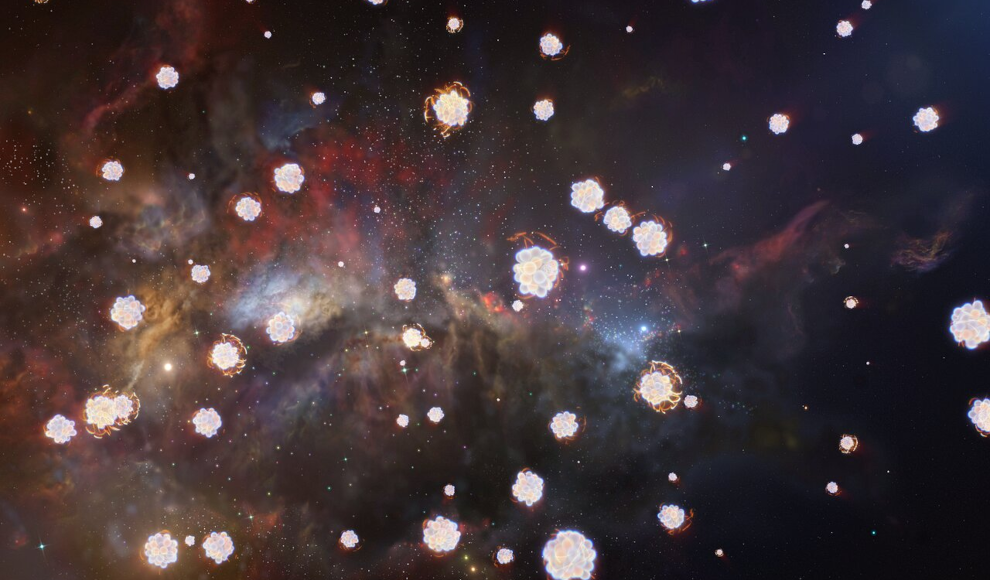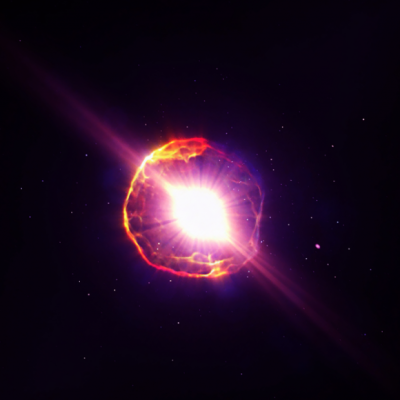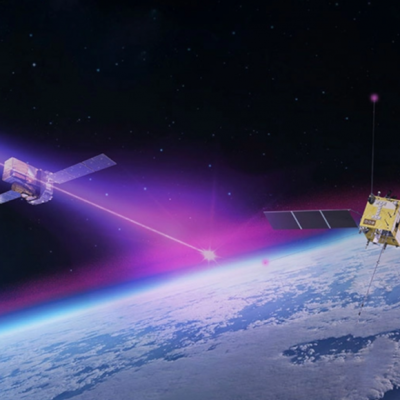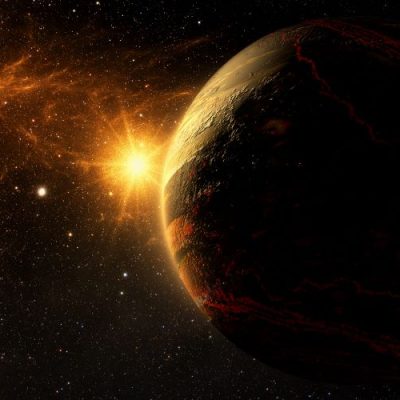Astronomers have made a groundbreaking discovery using the Very Large Telescope (VLT) – the remains of the universe’s very first stars. These stars were vastly different from the sun and other stars we see today. The first stars are categorized as Population III, while the sun and most stars in the Milky Way belong to Population I. Researchers from Japan and the United States discovered possible remnants of a star from the first population after the Big Bang in a cloud around a black hole in the fall of 2022.
The ESO astronomers used the VLT to detect traces of the exploded first stars in the universe. The three gas clouds in space have the exact chemical composition that scientists expected from the first generation of stars. After the Big Bang, the universe only had the three lightest elements – hydrogen, helium, and small amounts of lithium. The first generation of stars consisted only of these elements and were ten to a hundred times more massive than our sun. Their lives were shorter, and they ended quickly in a massive supernova, creating heavier elements like carbon, oxygen, and magnesium, as well as small amounts of iron.
The gas clouds discovered by the ESO contained the expected concentration of these elements, showing the universe when it was only 10 to 15 percent of its current age. These gas clouds represent the unknown precursor to the stars of the second generation, which are already known to have an unusual composition. The discovery of these gas clouds opens up a new understanding of the universe’s first stars, which are challenging to study because they have long since disappeared. Future telescopes with greater visibility are expected to make even more fundamental discoveries.







-400x400.jpg)


